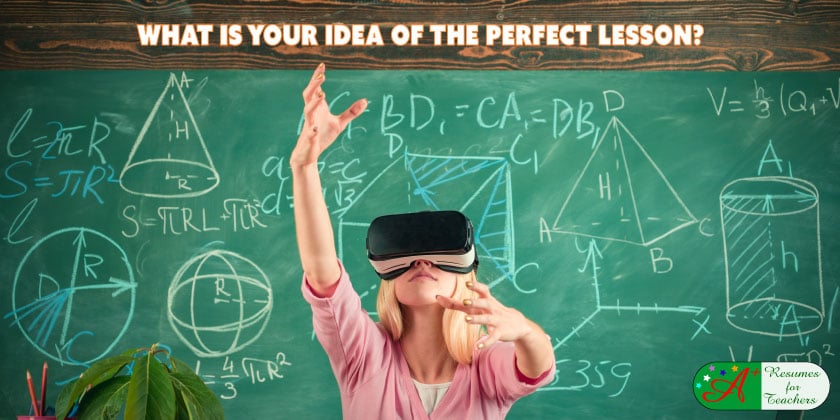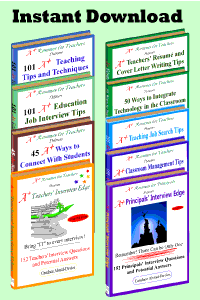Crafting the perfect lesson is a goal that every teacher aspires to achieve. Here’s an expanded response to the question, along with an example of the ideal lesson:
My idea of the perfect lesson is one that captivates students’ attention from start to finish and fosters deep engagement, critical thinking, and meaningful learning experiences. An ideal lesson seamlessly integrates content, instructional strategies, and assessment techniques to meet the diverse needs of all learners in the classroom.
For example, in a recent science lesson on ecosystems, I began by engaging students with a thought-provoking question about the interconnectedness of living organisms within an ecosystem. This served as an anticipatory set, sparking students’ curiosity and activating their prior knowledge.
During the direct instruction phase, I utilized a variety of instructional methods, including multimedia presentations, hands-on experiments, and small-group discussions, to introduce key concepts such as food chains, habitats, and biodiversity. By catering to different learning styles and preferences, I ensured that all students were actively involved in the learning process.
In the guided practice portion of the lesson, students worked collaboratively in groups to create their own miniature ecosystems using materials provided. This hands-on activity allowed students to apply their understanding of ecosystem dynamics and demonstrate their creativity and problem-solving skills.
As the lesson drew to a close, I facilitated a whole-class discussion to reflect on the day’s learning objectives and encourage students to make connections between the new content and their prior knowledge. I posed open-ended questions to stimulate higher-order thinking and encouraged students to share their observations and insights.
Throughout the lesson, I continuously monitored students’ understanding through formative assessments, such as questioning, observation, and informal checks for understanding. This allowed me to provide timely feedback and support to students who needed additional assistance, ensuring that all learners remained actively engaged and on track to achieve the lesson’s objectives.
In summary, my idea of the perfect lesson is one that is student-centered, interactive, and aligned with learning goals. By creating a supportive and stimulating learning environment and employing effective instructional strategies, teachers can inspire curiosity, foster critical thinking, and empower students to become lifelong learners.


